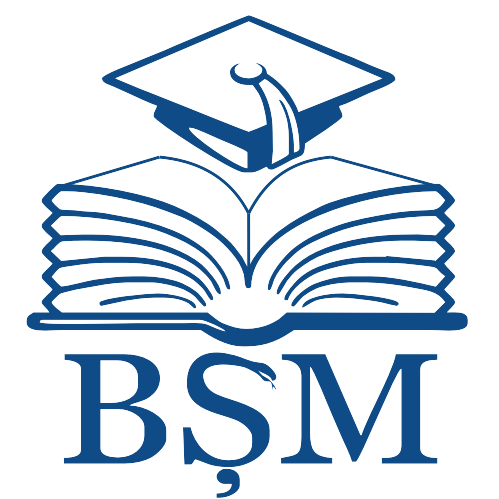| DC Field | Value | Language |
|---|
| dc.contributor.author | Rudic, Ciprian | |
| dc.date.accessioned | 2024-10-28T12:50:28Z | |
| dc.date.accessioned | 2024-11-18T22:26:08Z | |
| dc.date.available | 2024-10-28T12:50:28Z | |
| dc.date.available | 2024-11-18T22:26:08Z | |
| dc.date.issued | 2024 | |
| dc.identifier.citation | RUDIC, Ciprian. Autonomic nervous system activity parameters in individuals with affective disorders. In: MedEspera: the 10th Intern. Medical Congress for Stud. and Young Doctors, 24-27 April 2024: abstract book. Chișinău, 2024, p. 361. ISBN 978-9975-3544-2-4. | en_US |
| dc.identifier.isbn | 978-9975-3544-2-4 | |
| dc.identifier.uri | https://medespera.md/en/books?page=10 | |
| dc.identifier.uri | https://repository.usmf.md/handle/20.500.12710/28767 | |
| dc.description | Universitatea de Stat de Medicină şi Farmacie „Nicolae Testemiţanu”, Chişinău, Republica Moldova | en_US |
| dc.description.abstract | Introduction. Studies have shown a potential correlation between affective disorders and
disturbances in the autonomic nervous system (ANS) activity, particularly heart rate variability
(HRV). HRV is observed to be reduced in people suffering from affective disorders.
Aim of study. Highlighting the importance of using HRV as a biomarker for affective disorders.
Methods and materials. Research papers from the last 5 years, from specialized journals of the
PubMed databases, were selected and analyzed using the following keywords: parasympathetic
activity, sympathetic activity, affective disorders, autonomic nervous system, heart rate variability.
Results. Parameters known to quantify parasympathetic activity (e.g., high frequency (HF)-HRV
and the root mean square of successive RR interval differences (RMSSD)) were observed to be
lower in individuals with negative affect (emotions such as fear, anxiety and sadness). Moreover,
reductions in the parasympathetic activity were shown to have a possible contribution to the onset
and development of affective disorders, such as depression, through potential inflammatory
pathways, increasing the level of pro-inflammatory cytokines. Low frequency (LF) and sympathovagal balance derived from the LF/HF ratio, used as indices of sympathetic activity, were revealed
to be increased in individuals with negative affect, suggesting the involvement of the sympathetic
outflow during those states. In comparison, studies imply that positive affect states may have less
distinct signatures in heartbeat signals.
Conclusion. The consistent association between negative affect and a reduction in numerous HRV
measures indicates a potential link between decreased parasympathetic activity and affective
disorders. Variations in ANS activity could be a prospective biomarker for affective disorders,
especially with the use of more complex non-linear models of the relationship between ANS and
HRV, providing a promising path to understanding ANS and cardiac dynamics in affective
disorders. | en_US |
| dc.publisher | Instituţia Publică Universitatea de Stat de Medicină şi Farmacie „Nicolae Testemiţanu” din Republica Moldova | en_US |
| dc.relation.ispartof | MedEspera: The 10th International Medical Congress for Students and Young Doctors, 24-27 April 2024, Chișinău, Republic of Moldova | en_US |
| dc.title | Autonomic nervous system activity parameters in individuals with affective disorders | en_US |
| dc.type | Other | en_US |
| Appears in Collections: | MedEspera 2024
|


